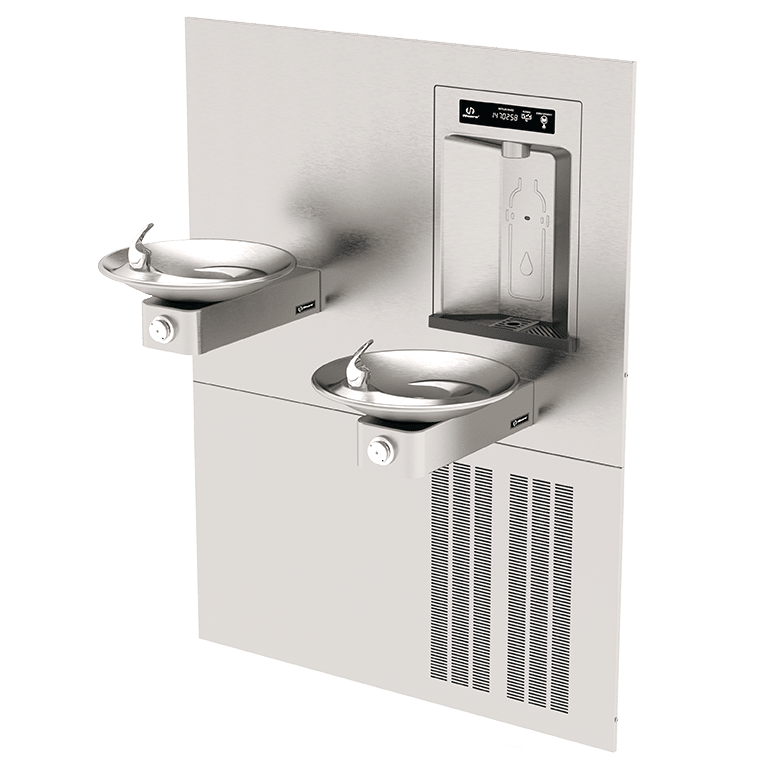ADA compliance is an integral part of creating inclusive spaces. Our drinking fountains and bottle fillers are designed to meet ADA accessibility guidelines, providing key elements that support your overall compliance program. To ensure full compliance, always consult local regulations and ADA requirements. Haws fountains are a reliable component of a comprehensive accessibility solution.
Drinking fountains are part of an extensive list of publicly accessible building elements within the current 2010 ADA (Americans with Disabilities Act) Standards for Accessible Designs created by the U.S. Access Board and enforced by the Department of Justice (DOJ). To the surprise of many, accessible drinking fountains are high up on the list, only behind public restrooms and telephones, and surmounting public parking, storage, and alarms.
- The Americans With Disabilities Act was signed in the 1990s, to ensure anyone with a disability had equal access to public accommodations and commercial facilities.













